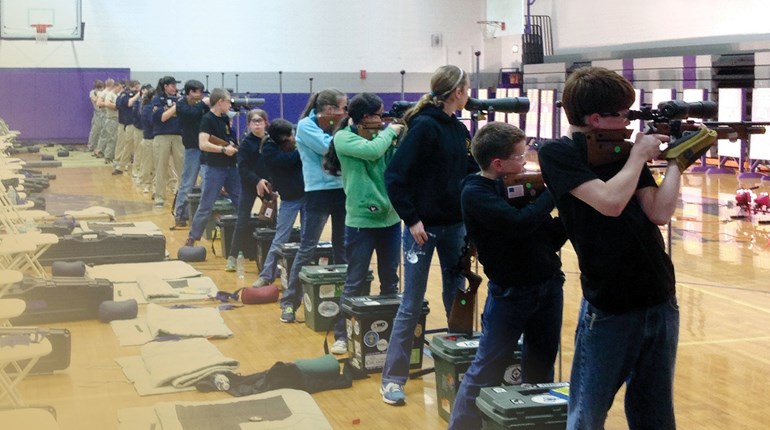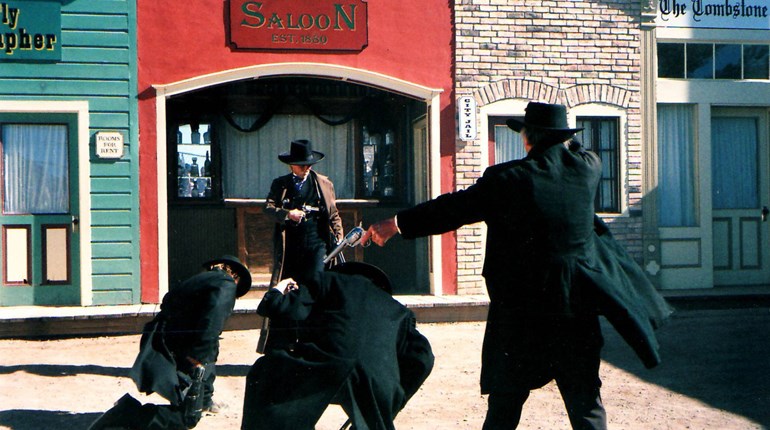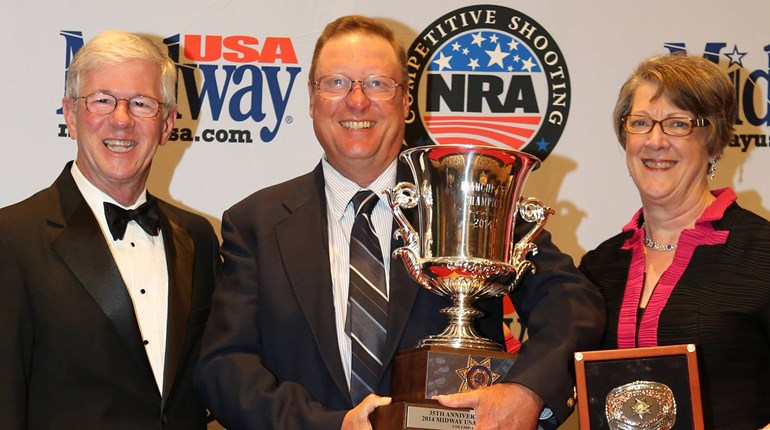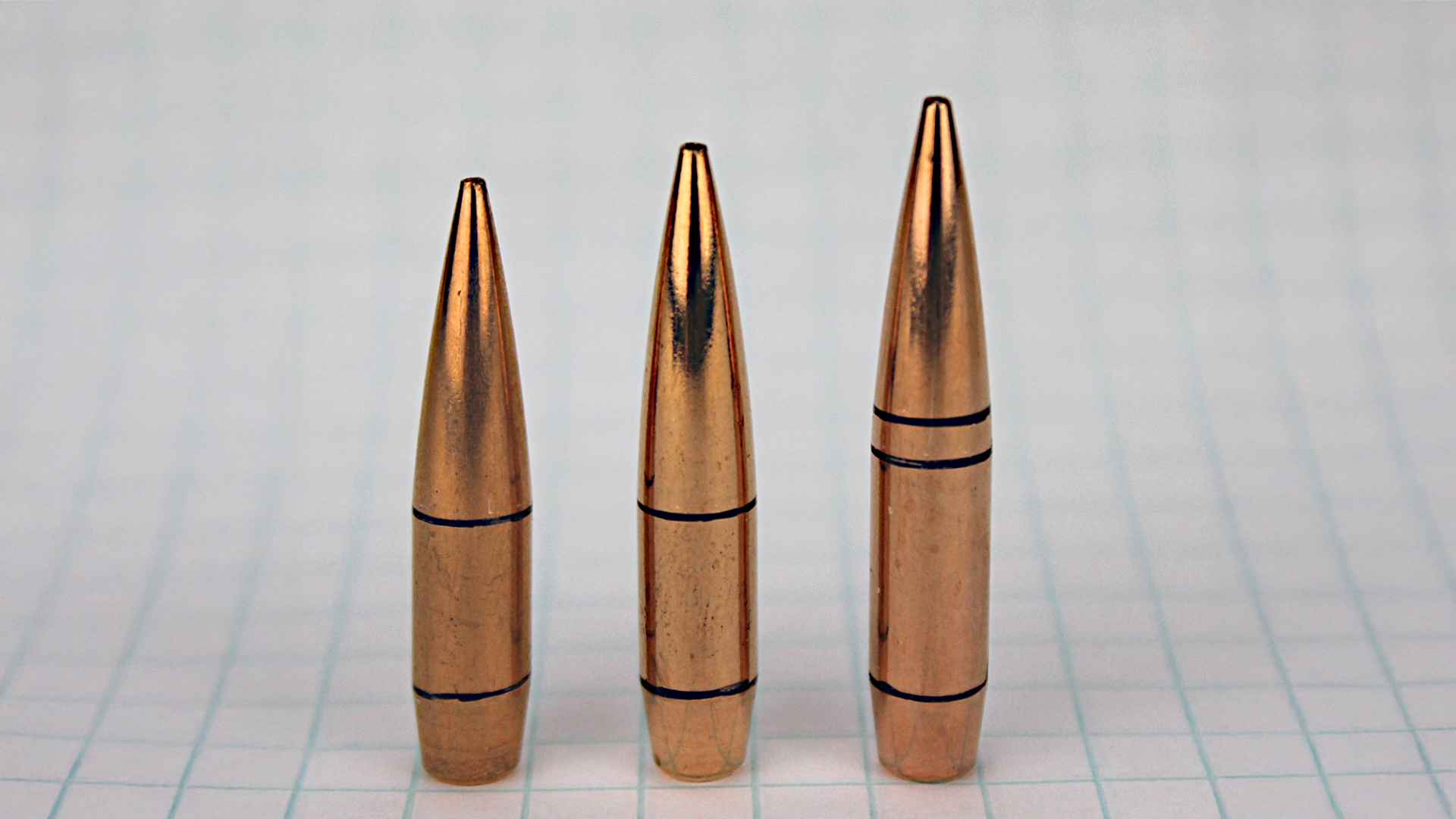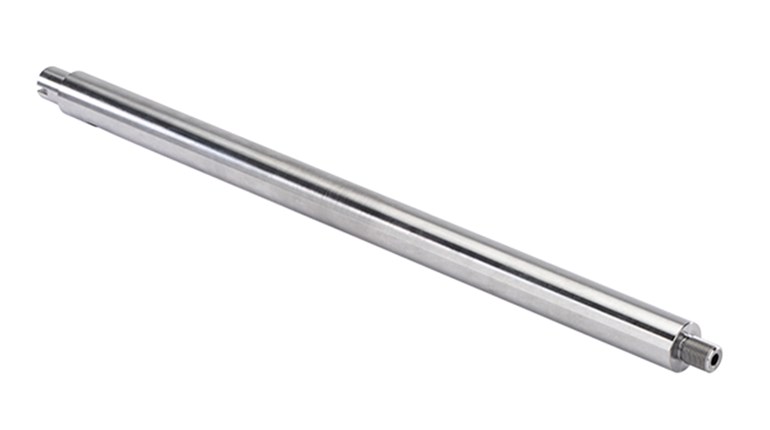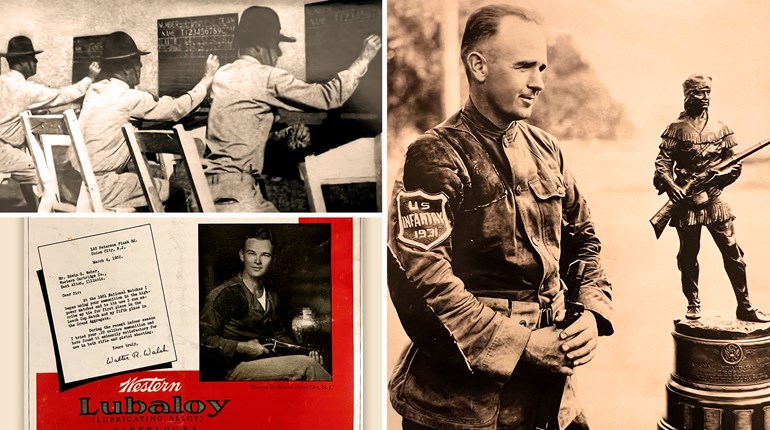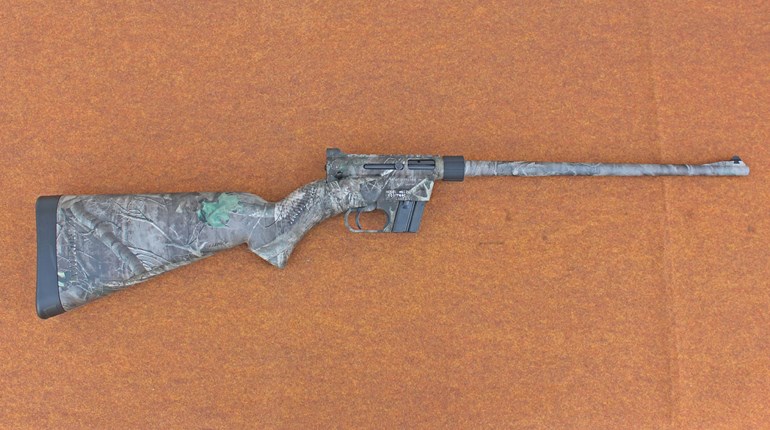
“[An] unusual year, harking back to the matches of 1933 and 1934, when, by grace of depression rather than war, the great ranges were turned over to the small-bore and pistol shooters in the absence of their big brothers, the 30-caliber shooters.”
—The American Rifleman, October 1941
Federal funding for the 1941 National Matches, though included in the War Department budget early on, was nonexistent when Congress was sent the final bill for approval. While the Director of Civilian Marksmanship’s Office still received its annual appropriation of $230,500, the elimination of National Match funds was the topic of discussion at the NRA’s Executive Committee meeting in February 1941.
Once it was learned that .30 caliber ammunition was scarce outside of what was required for U.S. troop training, and that the test-firing facilities at Camp Perry and the adjacent Erie Ordnance Depot grounds prevented the operation of a full National Match program, NRA committee members examined ways by which an abbreviated National Match program could be conducted.
“Although no .30 Caliber Rifle Matches will be programmed this year, a limited number of targets will be set aside for practice should any competitors wish to bring along their high-powered rifle and ammunition.”
—The American Rifleman, July 1941
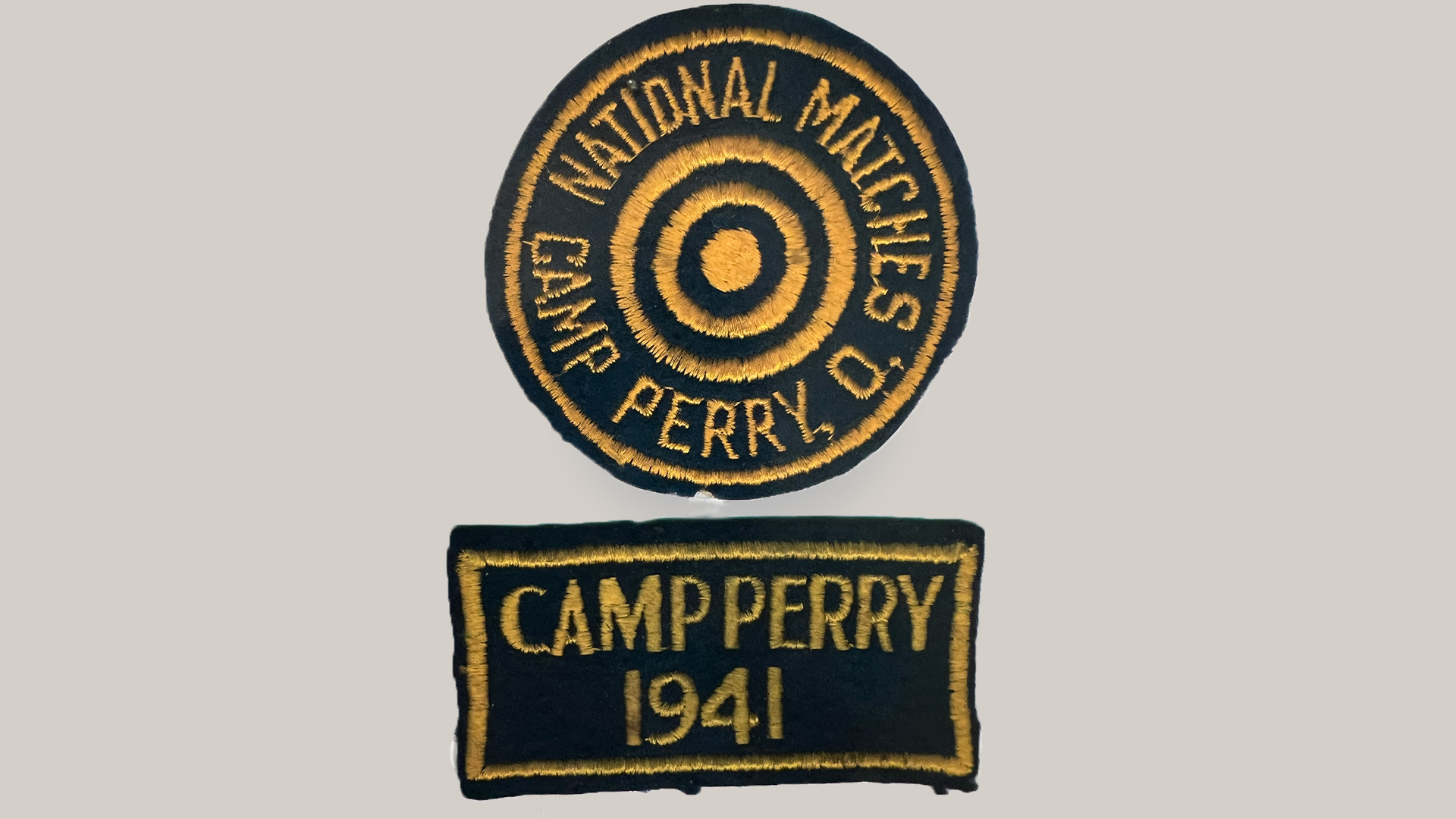
Preliminary plans included commissioning the L.A. Young range in Detroit and the Ohio Association’s Mt. Gilead range for national-scale pistol and rifle matches, respectively. But when it was determined that “only Camp Perry itself can furnish the atmosphere as well as the accommodations for the Nationals as they have come to be known,” DCM officials and in particular its director, Col. E.C. Endicott, worked within the organization’s budget to help secure the continuation of the National Matches, albeit a modified version, with Endicott at the helm as Executive Officer.
When opening day arrived, Endicott and his staff, which for the first time consisted primarily of civilians, were inundated with smallbore and pistol registrations beyond expectations. A record enrollment of 1,558 smallbore and pistol competitors, more than 300 over what would have been considered a capacity crowd, traveled at their own expense, save for the 144 regional winners whose trips were paid for by the NRA, along with some NRA members who, thanks in part to Endicott’s diligence, received federal aid as high scoring representatives of their state organizations.
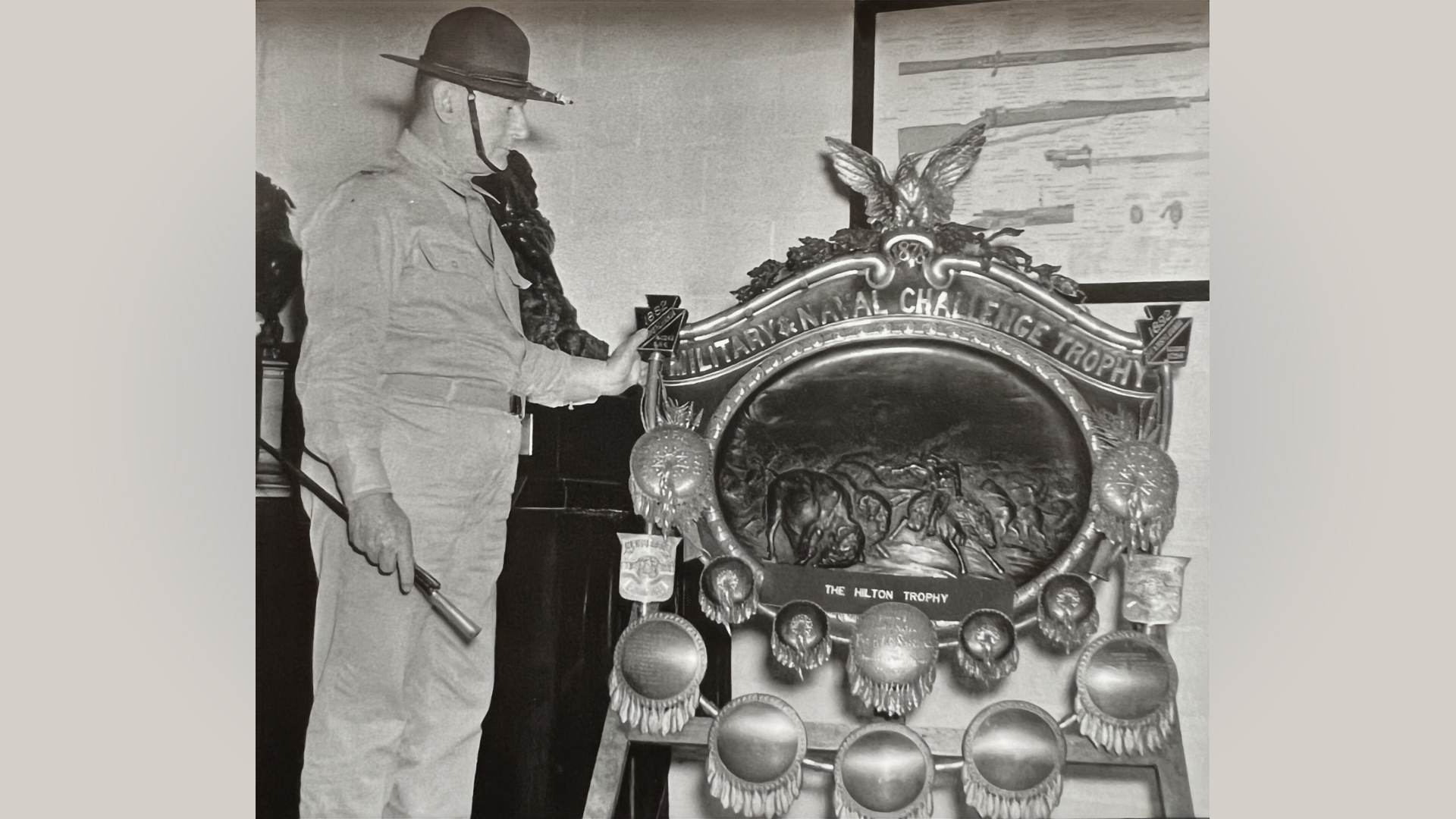
What everyone witnessed upon entering Camp Perry in 1941 was a more heavily guarded facility complete with ongoing barracks construction amidst rows of uncovered tent frames—an area that, under normal National Match conditions, would have bustled with activity and sported numerous state flags.
“But in their [.30 caliber] absence from the 1941 version of the great shooting classic … the orphans of the twenties, the step-children of the thirties—the small-bore rifle and the pistol enthusiasts—became the sole source for carrying on the tradition, and they in no sense failed.”
—The American Rifleman, October 1941
The 1941 event was anything but normal, characterized by the absence of big bore shooting and the subsequent high-profiled firing of smallbore and pistol matches on what The American Rifleman described as the “well-sodded 200- and 300-yard 30-caliber ranges in the very center of camp.” And while the 142 target frames on the pistol range adequately handled the program as scheduled, the long-range smallbore events were canceled when the demand for targets exceeded what the 175 on hand could handle in the allotted time.
Just two days of rifle and pistol schools preceded the competition versus the customary week-long instructional affair, and no junior program was conducted this year as housing accommodations were restricted to men over the age of 16 with a limited squaw camp for the women. Despite the absence or reduction of multiple services, facilities and ceremonious elements normally associated with big bore competition at the National Matches, Commercial Row ably maintained its traditional role as social center and camp unifier.
“It was practically a one-man show for top honors and those who followed the pistol activity in hope of seeing a horse race lost no time in turning to the lower classified entries for real excitement.”
—The American Rifleman, October 1941
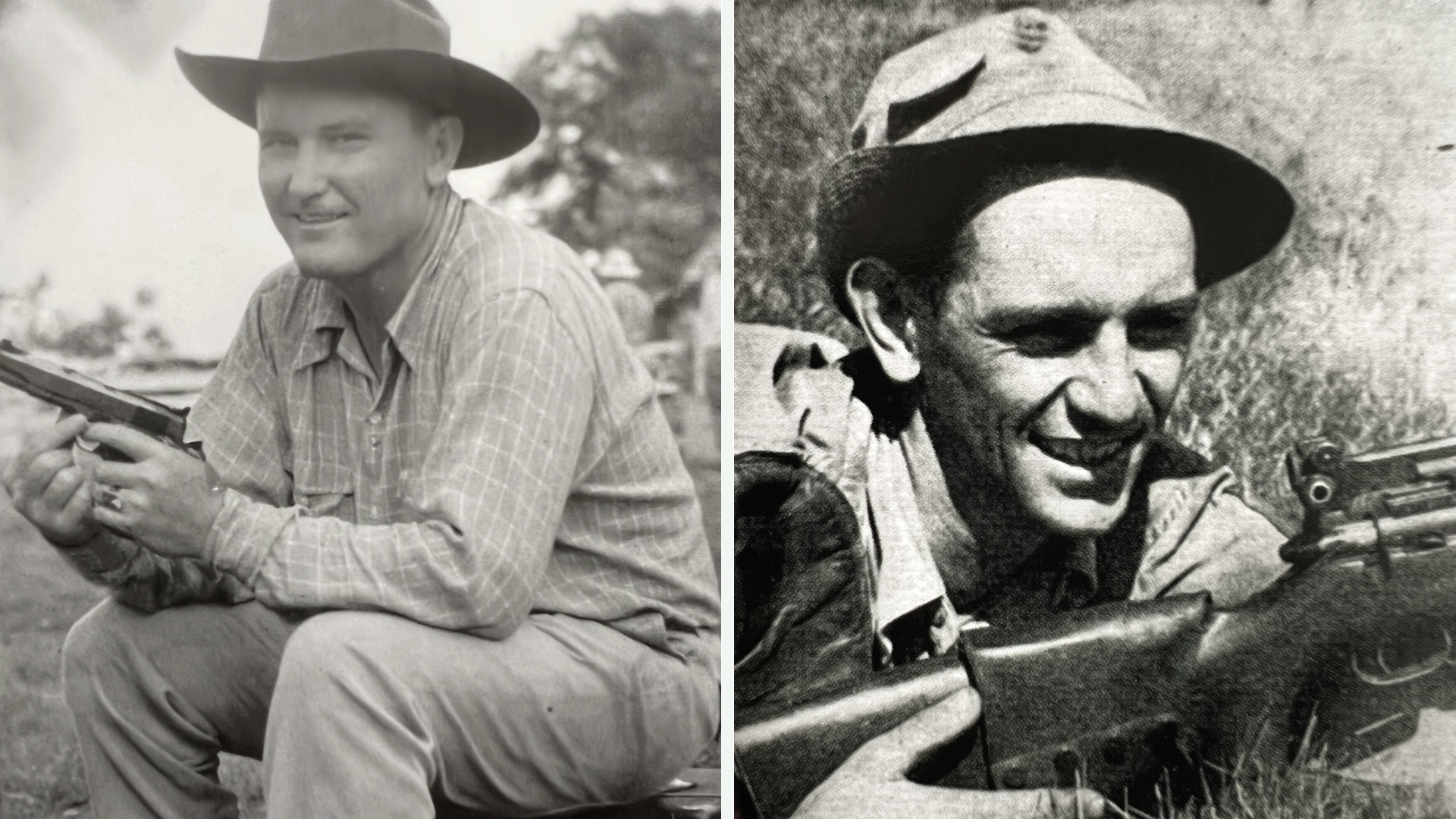
In pistol competition, Harry Reeves defended his national title with one of the most dominating performances in National Match history. This was the first year for the 2700-point championship format, and Reeves won the All-Around Aggregate, Grand Aggregate, Center Fire and .45 Caliber Aggregates, and came close to adding the .22 Caliber Aggregate, had Al Hemming not bested him by one point. Of the 17 events that comprised the aggregates, Reeves won eight.
In 1941, an NRA Women’s Pistol Championship, comprising the same matches as the men’s Grand Aggregate, was held. Mildred McCarthy of New Jersey topped the field of 15 entries. And the National Trophy Individual Pistol Match, the only Board-sponsored event of the program, featured 309 entries and was won by civilian Lee Echols of Arizona, who fired a Colt 1911 for a score of 283.
A new national champion was crowned in smallbore when Ransford Triggs of New Jersey emerged from the shadows to win over the likes of Dave Carlson and Carlson’s doubles match teammate, Jack Lacy, for the Critchfield Trophy that now represented the results of two 1600-point sub-aggregates, one each in metallic and any sight. Triggs also posted the high Dewar Match score this year and was one of two, Lacy being the other, to fire perfect 400s in the competition, which again featured a victory over lone opponent Canada, as Great Britain remained consumed with war campaigns.
On the women’s side, the NRA built on the success of naming a woman champion in 1940 and established a format that allowed the women to compete in the open category and a dedicated championship of their own. Mrs. J.W. Cole finished atop the field of 21, and like some other women shooters of the day, opted to appear in the results bulletin under a courtesy title that bore her husband’s full name. Cole’s score of 3177-202X placed her 10th overall on the leaderboard among the 300-plus shooters.
“[the] National Matches of 1941, regardless of the changed circumstances of their being, were still the same amazing Roman holiday of U.S. powder-burners.”
—The American Rifleman, October 1941
The last shots of the 1941 National Pistol and Smallbore Matches were fired on Sunday, September 7, and exactly three months later, on Sunday, December 7, the first shots from U.S. forces were fired and the country's participation in World War II began when Pearl Harbor was attacked in the Territory of Hawaii. For many National Match officials and participants, marksmanship skills were redirected in the name of national defense and National Match competition was immobilized indefinitely.













